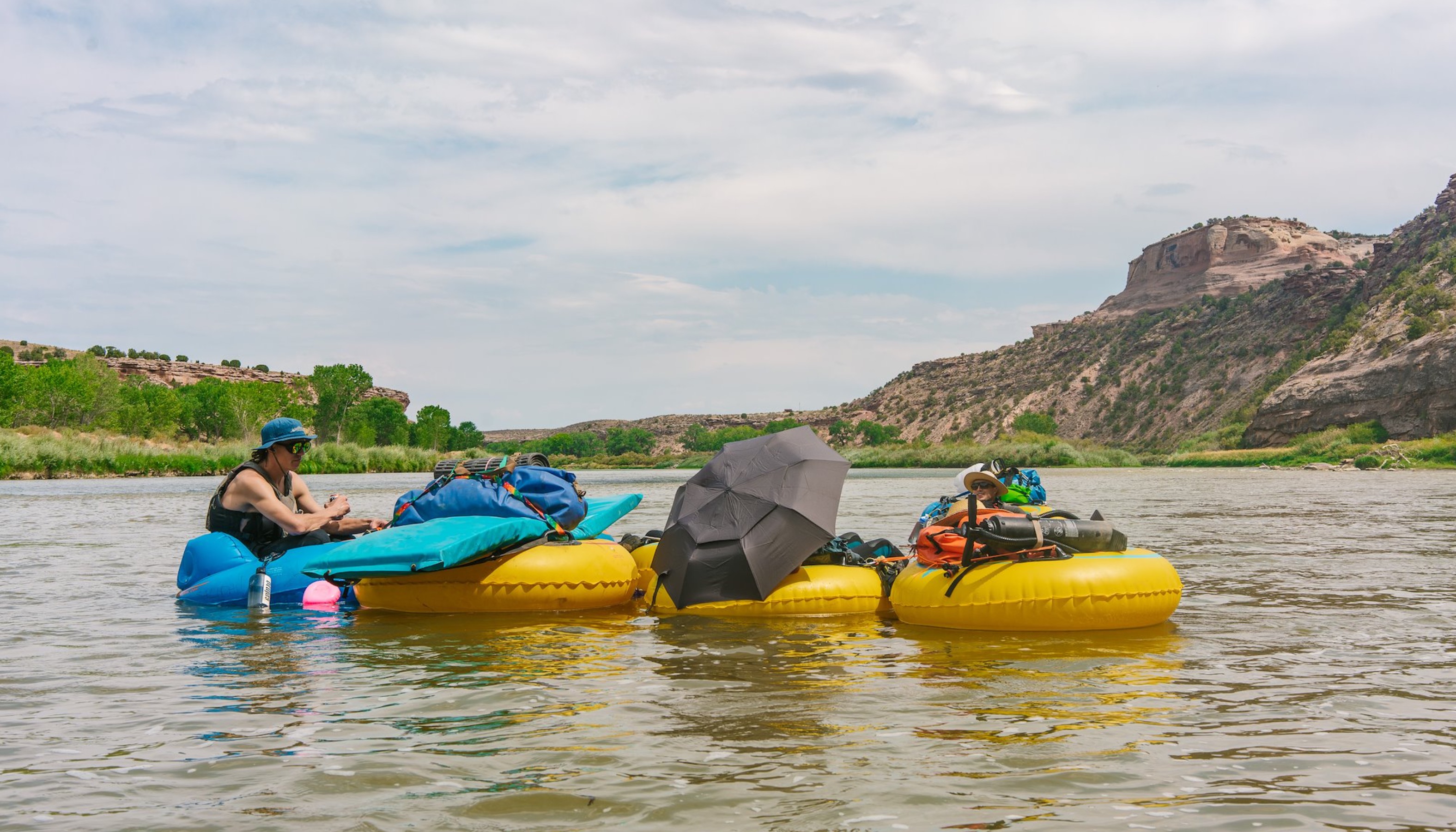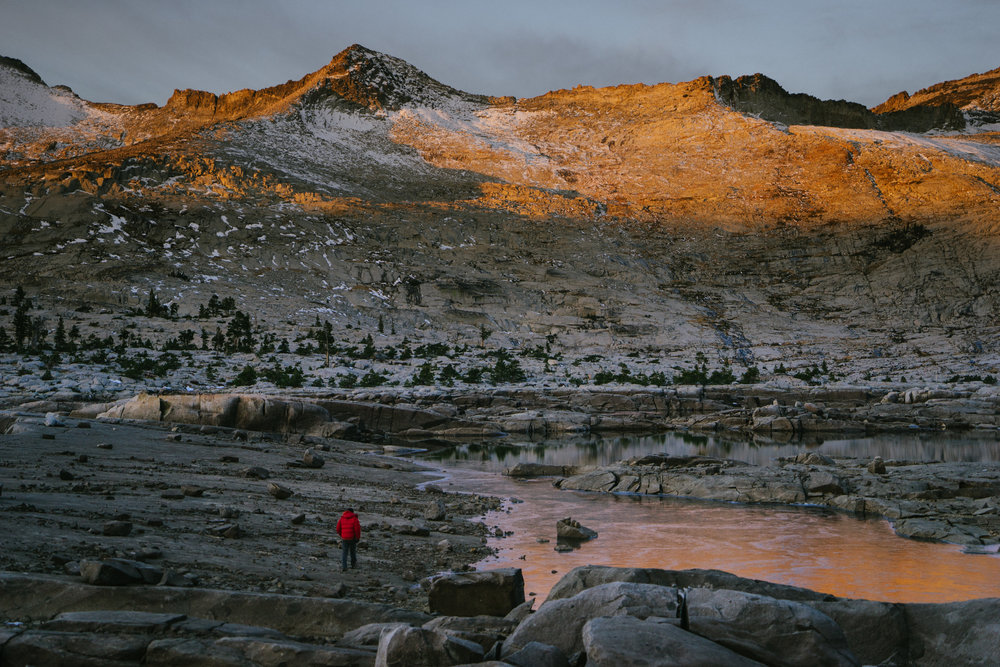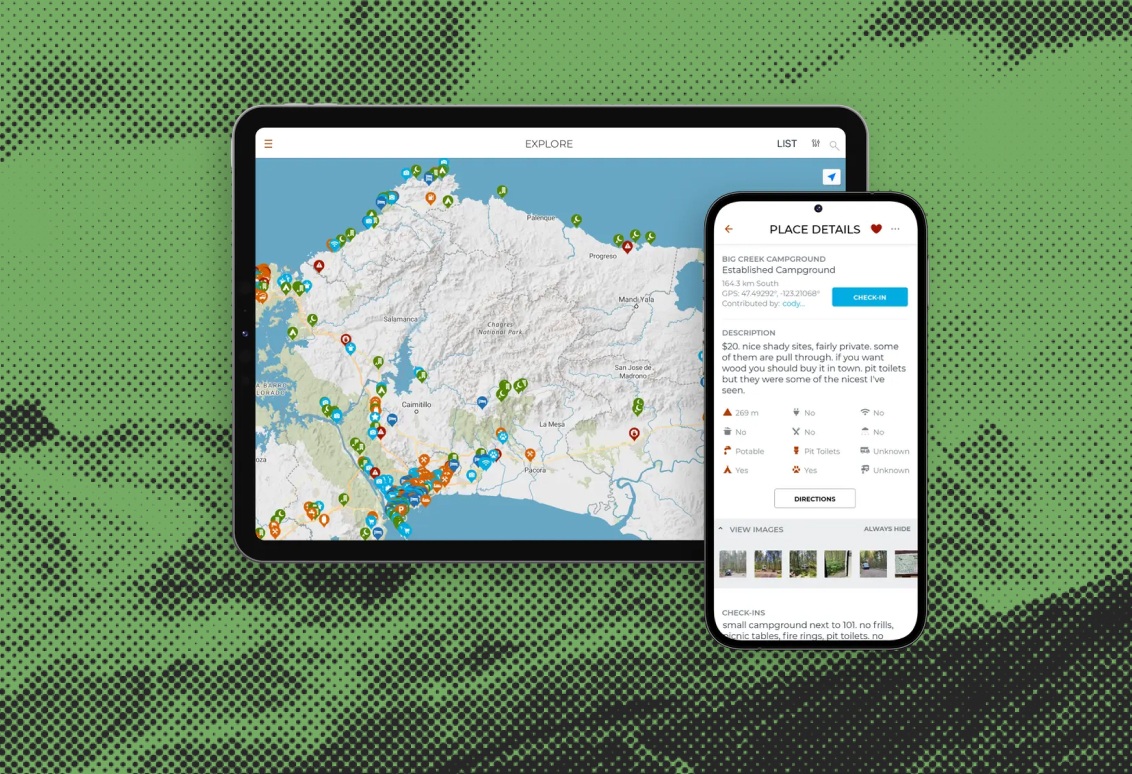Earlier this week I watched the latest episode of the Fifty Project, chronicling Cody and Bjarne’s latest attempt at the Comstock Couloir in British Columbia. Things don’t exactly go to plan, and there’s a particularly poignant moment (clip here) in which Cody Townsend wrestles with the paradox of setting himself up with a “check list”, while at at the same time being philosophically opposed to that style of adventure.
“The great irony of this whole project is that I chose an objective based check mark project when I’m philosophically actually really against that style of being in the mountains. I’m not doing this for competition, I’m not doing this to be first, it was kind of an internal desire to just want to try. We’ve now tried twice on this [Comstock] and I could see this being the last attempt…being in the mountains and learning from them and deflating your ego and not being worried abut other people and just doing it because you love it – that’s what drives me.”
I found it relevant given the state of record-seeking and constant desire for unique adventures in the outdoor community. The world is getting smaller, and the true “firsts” are becoming more rare. That’s not to say that there aren’t incredible folks still doing novel first ascents, but sometimes it feels like the zeitgeist has moved towards progressively more specific (or unique) efforts. It starts with firsts, and then quickly spirals through gender, nationality, speed, season, combinations, being a vegan, walking backwards, on a Tuesday, in a leap year…
We are, as an outdoor community, are pretty obsessed with firsts, whether they be first ascents or increasingly monumental and/or contrived efforts of human endurance.
The Colorado 14ers
Perhaps the ultimate checklist for a Colorado-based outdoorsy person is the “14ers”, all the peaks in Colorado over 14,000 ft. This past summer, Erin Ton made headlines for setting the unsupported FKT (fastest known time) of the 14ers. She completed 57 peaks, with 159,356 ft of elevation gain, driving herself between trailheads, in 14 days, 10 hours – an undeniable feat of endurance. But..there are 58 14ers in Colorado, including Culebra Peak, which sits on private land and requires a $150 permit to access. Ton initially failed to mention that she had skipped the peak, and later said she had never planned to do it, kicking off controversy in the Colorado climbing community.
The Fastest Know Time website has long been the record bible in the running/hiking community, although many feel that the number and categories of different “records” are getting out of control. Just this week, FKT added a new “Public Lands only 14ers” category for the Colorado 14ers. It’s a bit odd, given that there are several other routes and peaks that are on private land, but still included in this “FKT”. Ton is listed as the record holder.

“14 peaks” fever
In the wake of Nims Purja’s and Kristin Harilla’s various “records” of speed-climbing all fourteen 8,000m peaks, there’s a conversation developing about how record chasing is affecting the high-altitude climbing community. A few weeks ago, two women and their guides (one of whom was Tenjen Lama, who set the record with Harilla) were killed in two separate avalanches on Shismapanga (the last peak both needed to complete). Both Anna Gutu and Gina Marie Rzucidlo were seeking to be the first American women to summit all 14 8,000m peaks.
Both clients and guides on the mountain commented on a toxic environment caused by the rivalry between the two Americans. Mingma G, the leader of Imagine Summits, who was himself seriously injured during rescue efforts, said to ExplorersWeb: “Everything was going smoothly, but the competition between the two ladies ruined everything.”
It’s mind-blowing that we’ve reached a point in the commercialization of high-altitude mountaineering that it’s possible for someone (Gutu) with basically zero alpine experience to decide they want to set a record, then check off 13/14 of the 8,000m peaks in the next twelve months. While it seems communication issues and/or summit fever may have been at play due to competition, there were 52 climbers on the mountain that day — and the deceased climbers weren’t the only ones seeking records.
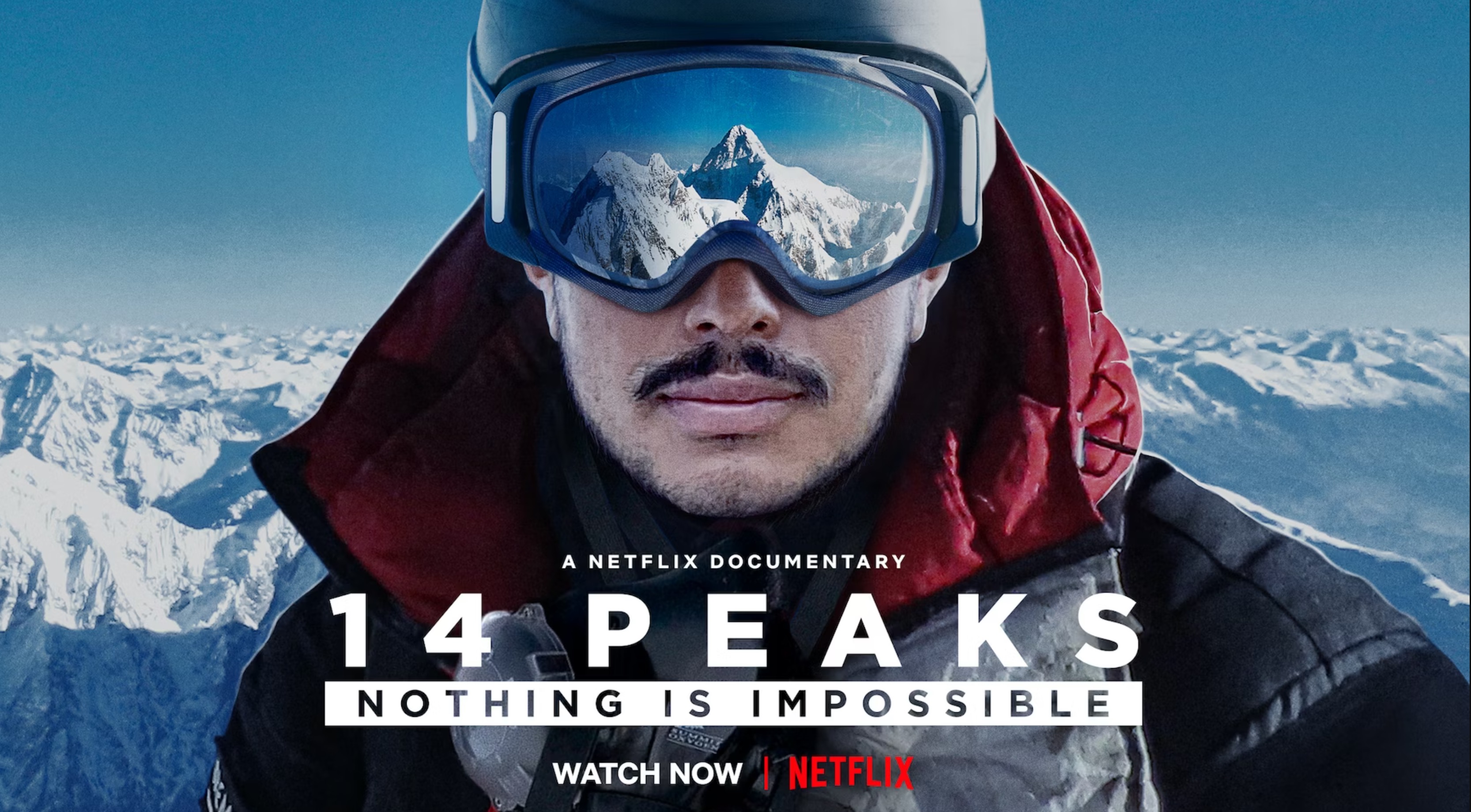
Nims “14 Peaks” has kicked off a new wave of speed ascents in the Himalaya
An Antarctic “first”
In 2018, Colin O’Brady completed the “first unsupported crossing of Antarctic”, a triumph of carefully worded headlines and making your own rules for what “unsupported” means. It was ultimately a massive success for press coverage, and the daytime talk show circuit, but failed to mention that Ousland had previously done a solo crossing of Antarctica in 1997.
Ousland and Mike Horn had previously done Antarctic crossings that were longer, more difficult, and (objectively) more impressive. O’Brady chose to focus on the fact that both solo expeditions utilized snow kites part of the time and were therefore “supported” crossings (O’Brady skied on a graded road half of the route and started/finished at the ‘edge’ of land underneath the ice). Most reputable polar adventurers agree that it was a carefully worded half-truth. As explorer Eric Larsen told National Geographic: “I don’t think anyone looked at the route [O’Brady] was skiing and thought it was even remotely impossible. The reason no one had done it is because no one thought it was worthwhile, in the sense of being anything record-breaking.”
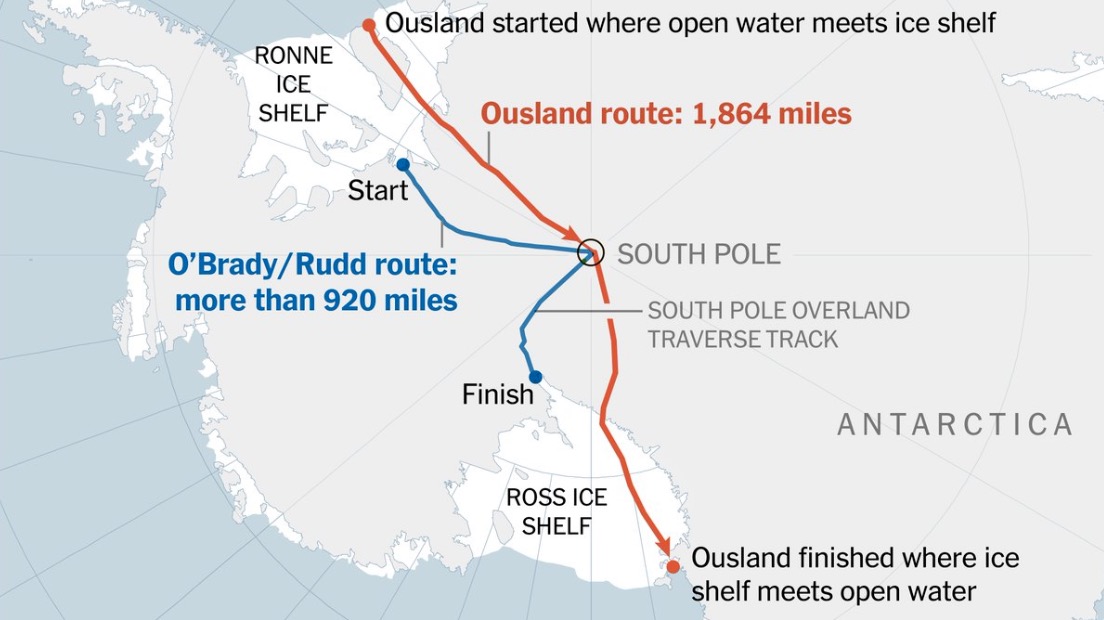
People are always finding ways to do things differently
Acknowledgement of our obsession with often ridiculous record and checkbox chasing shouldn’t take away from the athletic achievements involved. While a push for notoriety or press is sometimes the impetus for tackling increasingly ridiculous “records”, there’s also a more pure element of challenge, weirdness, and masochism that emerges as people seek to push themselves in new, unique ways.
While perhaps most well known for his free-soloing, Alex Honnold is another king of the “how can we string together things to create an absolutely insane project”. In the OG “Sufferfest” with Cedar Wright he climbed all of California’s 14,000ft peaks (biking between them), and in 2.0 they climbed 45 towers in the Southwest (also biking between them). And most recently, he biked 2,000 miles to Alaska with Tommy Caldwell, sprinkling in some major climbing objectives on the way.
Boulder test-piece Mount Sanitas has 7 different FKT categories for the 3.3 mile loop.
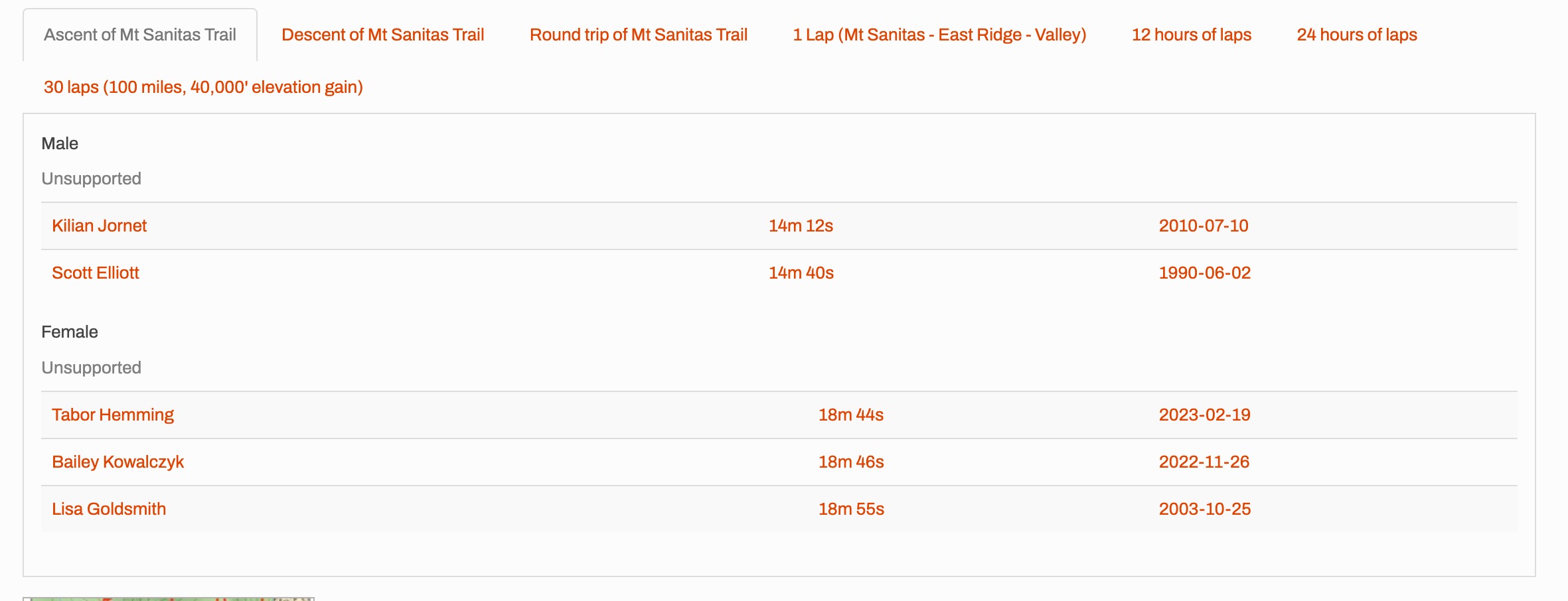
Because running a regular ultra-marathon isn’t enough, we’ve now got the Backyard Ultras — where you run a four mile loop once an hour, on the hour, for as long as you can go. A new record of 108 hours and 450 miles was set this week.
In Salt Lake City, four runners recently completed the Whaleathon, running 630 laps to complete a marathon around the Out of The Blue Roundabout at 900 S 1100 E, SLC, UT 84105.

“Everesting” is a new challenge to climb the elevation of Mt Everest in a variety of activities. It’s even been turned into a (very bougie) event series, where participants pay $6,000 to walk up a ski resort and ride the lift back down over and over to reach 29k ft…and stay at the Fairmont Chateau.
Michael Wirth climbed and skied all 52 peaks over 13,000 ft in the Elk mountain range of Colorado in 60 days last spring.
Strava art is an insane and impressive trend in which you use your gpx track to draw some sort of picture. Some of the folks that do this are just absolutely wild.
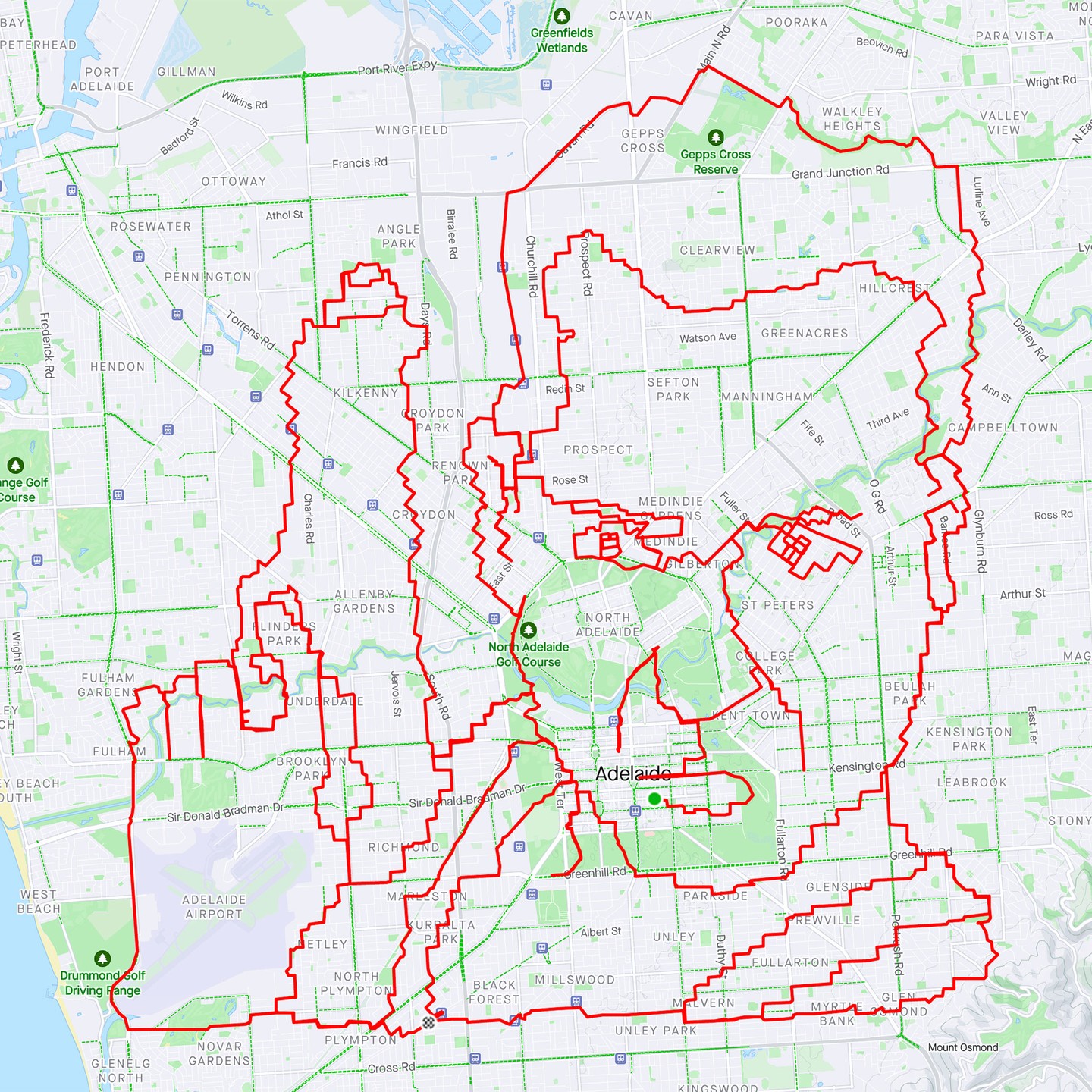
Johnny Davies recently ran the length of the London Underground (aboveground) in 10 days. Ricky Gates ran every single street in San Francisco, kicking off yet another running challenge.

And even amongst my own friends, we sometimes do ridiculous things like a tube-only trip down Ruby Horsethief instead of your standard raft trip. Why? Someone brought it up once, and it sounded fun. It’s as ridiculous as it sounds.
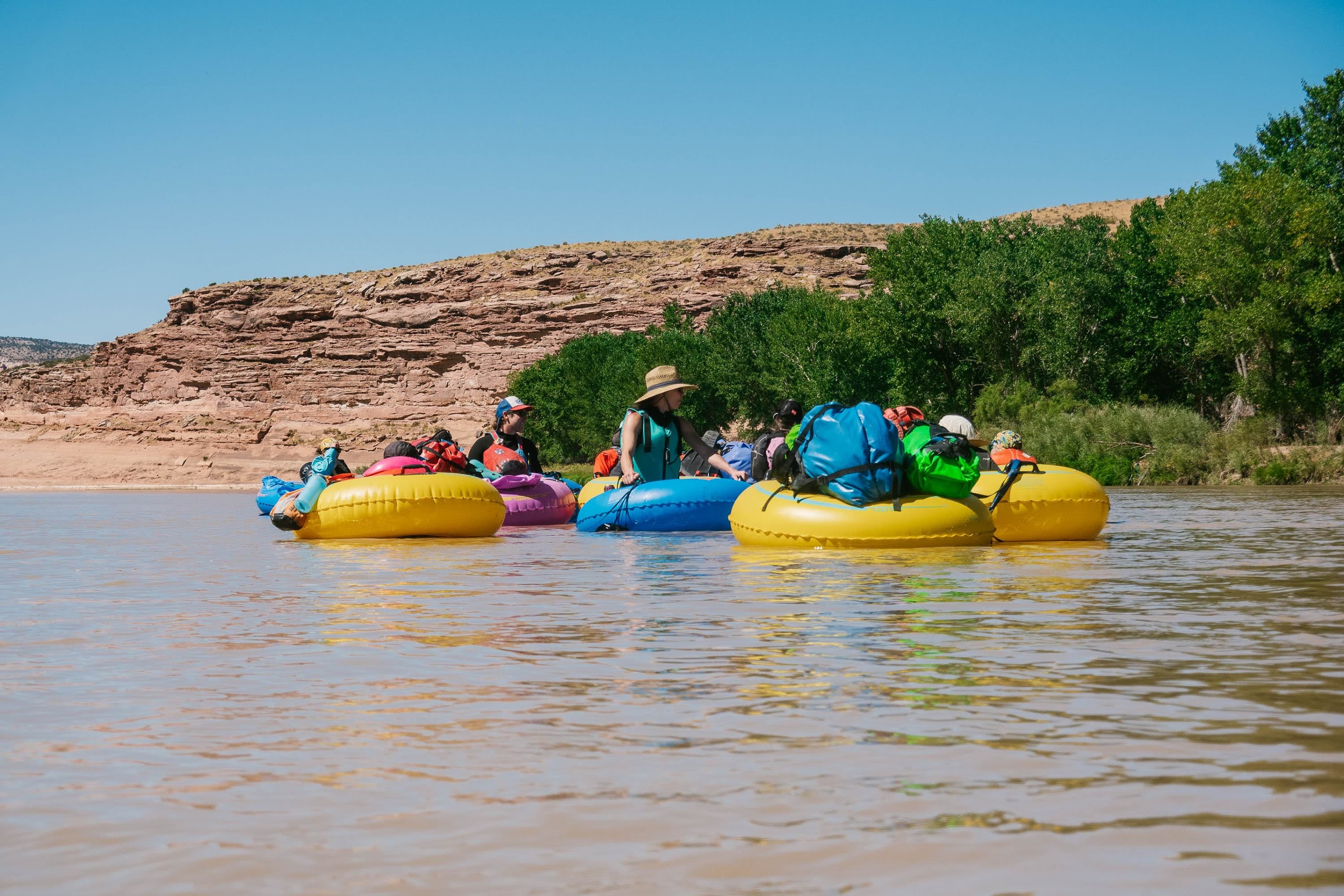
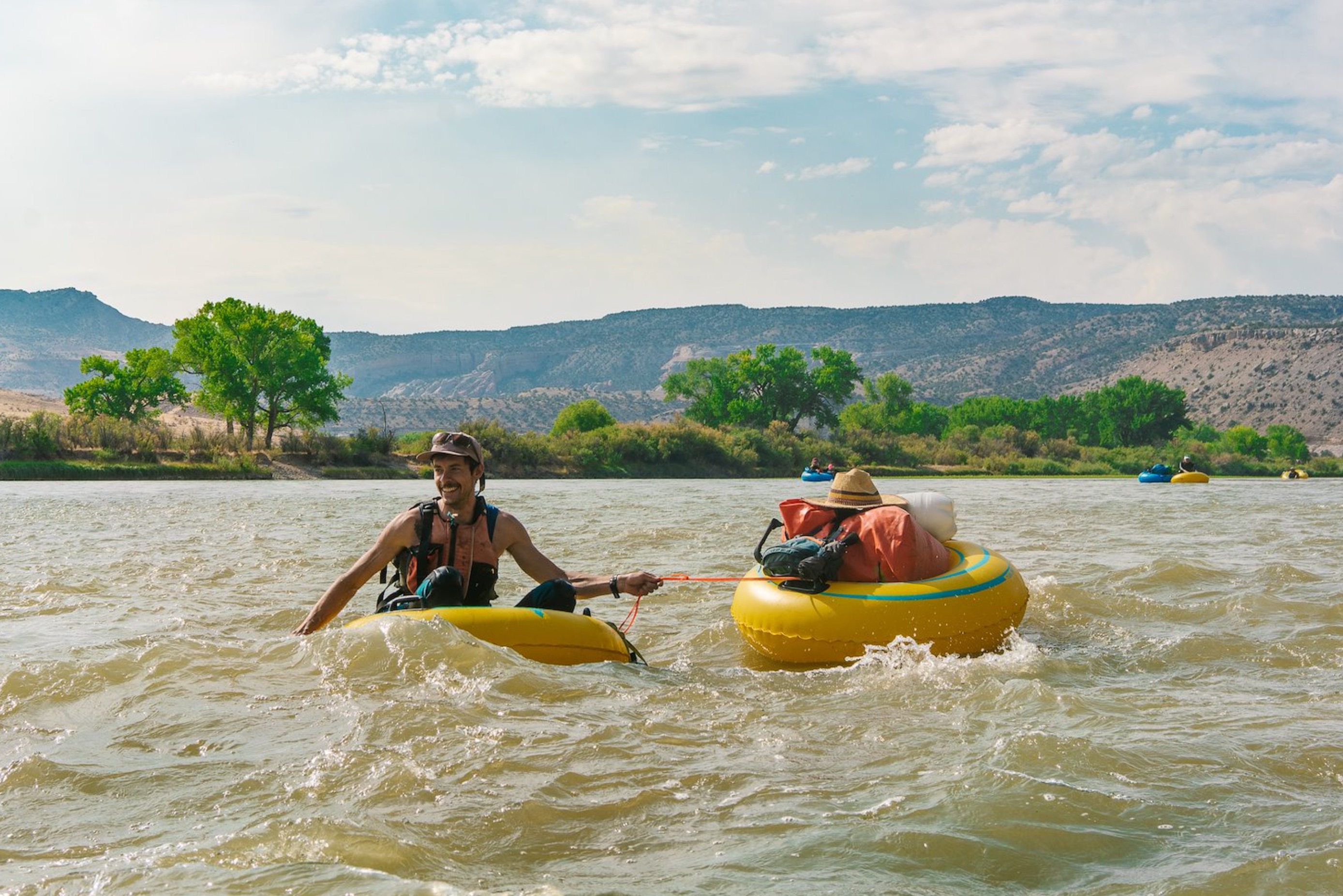
And in an incredibly meandering way maybe that’s the thesis here. Yeah, the state of “records” these days is getting a bit ridiculous. Sure, a “checklist” based approach to the outdoors and recreation might feel impersonal or outward-perception-focused. But at the end of the day if it’s motivating you to get outside, have fun, and push your boundaries in a healthy and safe way (mentally and physically), who cares? To each their own – but maybe at least acknowledge the absurdity sometimes.
And me? I’ll be actively seeking sponsors for Ruby Tuby 4.0 – it’s sure to be a high-profile, high-visibility, brand storytelling opportunity 😂.
